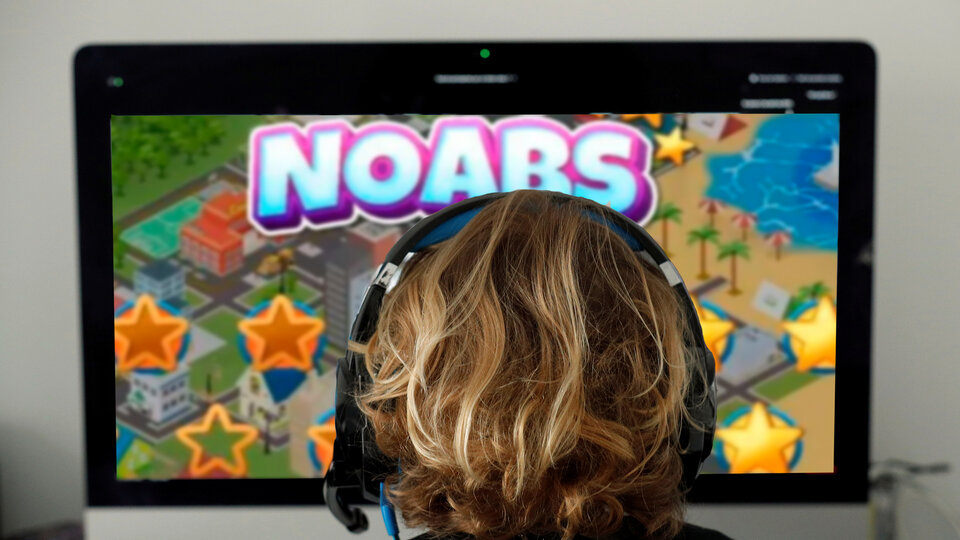A team of male and female psychologists and psychiatrists from three Latin American universities designed a interactive software that seeks to detect possible cases of child abuse and the degree of vulnerability to which they are exposed childhoods and adolescences. It’s a video game called “NoABS” (No to Sexual Abuse)for boys and girls between 6 and 12 years old, who presents several situations where, according to the complaints made by its creators, abuses occur more frequently. Software It was created in Colombia and can currently also be used in Peru, Argentina and Chile. The main objective is to face a problem that occurs all over the world and, especially, in Latin America and the Caribbean.
During the preliminary investigation, The areas where cases of child abuse prevail were investigated, which are intrafamilial, technological, school (with teachers and their child peers) and social with strangers. In the video game, different situations are presented in these areas and three response options are given: “yes”, “no”, “I don’t know”. Affirmative answers are those considered high risk and negative low risk.
Melissa Gagginoproject coordinator in Argentina, exemplifies the UNQ Science News Agency: “One of the situations raised is that the child is going to take a bath and someone in the house asks if they can observe him. He can answer if he wants to, if he doesn’t know, or if it’s better to ask his mother.
“When the game is over, we we obtain the astral map that accounts for the degree of vulnerability to which that child is exposed and in which areas it is most vulnerable. Answers that do not have a circle are doubtful, brown with a blue background are high risk and gold are low risk. When the child finishes playing, we already have a global index of his situation and then we analyze the results”, explains Gaggino.
And he warns: “It is not a tool that detects abuses that are already happening, but seeks to understand in which areas we need to add more information and psychoeducation from the point of view of prevention. The goal is to prevent these situations from happening.”.
Currently, the second version of the game is under development, which, unlike the first, includes the technological area as a possible situation and offers an automatic result to the administrator as soon as the game is finished. The creative team at NoABS, belonging to the University of Flores (Argentina), the Caribbean University Corporation – CECAR (Colombia) and the César Vallejo University (Peru), projects that videogames will continue to grow in the future. “One of our objectives is that, when a situation of vulnerability is detected, a hyperlink is opened for the child that takes him to another psychoeducational activity.to start prevention at that moment”, details the graduate in Psychology.
talking numbers
according to a report from UNICEF, In the region, two out of three children and adolescents aged 1 to 14 years suffer domestic violence.. In addition, the regional rate of homicides in childhood and adolescence is four times higher than the world average, with homicide being the leading cause of death among adolescents aged 10 to 19 years. The report also details that violence affects differently depending on gender: lChildren are seven times more likely to die from homicide than girls; while girls are more vulnerable to being victims of sexual violence after 10 years.
In the case of Argentina, according to a report from Unicef and the Ministry of Justice and Human Rights, during October 2020 and September 2021, A total of 9,989 girls, boys and adolescents who were victims of family and/or sexual violence were registered. Likewise, with regard to sexual abuse of children and adolescents, 3,219 victims were registered. In all age groups, the highest percentage of victims of sexual violence belongs to the female gender, representing almost 4 times more than males.
What is more, 74.2 percent of victims were raped by someone close to them close or reliable and 44 percent of violence in digital environments was due to the crime of grooming (sexual harassment of a girl, boy or teenager by an adult person via the Internet).
Thus, the need to act against the problem is evident in order to reduce these numbers and that children grow up in contexts of non-violence.
